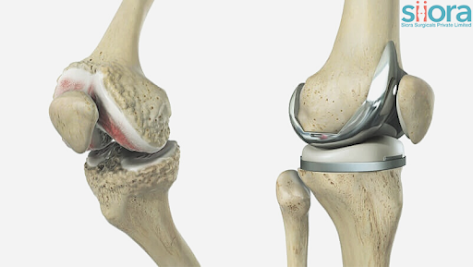Do you Need Hardware Removal After Ankle Fracture Repair?
Distal tibia and displaced ankle fractures are among the most common fractures of the extremities and are usually treated by open reduction and internal fixation (ORIF). Though, whether hardware should be routinely removed after bony union has been attained and in the absence of substantial hardware-related pain is controversial, in part as few studies have addressed this question.
Pain from soft tissue irritation when ordinary activities resume after fracture healing is typical sign for removing implants from adults. The concerns with retaining metal implants are deep late infection, hardware migration, metal allergy or toxicity, tumorigenicity, metal failure, and secondary fracture at plate ends. Though, the suggested indications for hardware removal in surgical textbooks varies. Recently, a person named Hanson et al. reported that several surgeons favor leaving Trauma implants in situ and are unconvinced of clinically significant adverse effects, but this report defined only surgeons’ opinions and practice patterns and didn’t consider the topic from the perspective of patient.
Orthopaedic implants used included 3.5 mm cortical screws, one-third tubular plates, 4.0 mm partial-threaded cannulated screws, and/or locking compression plates for treating all these fractures.
https://www.siiora.com/blogs/do-you-need-hardware-removal-after-ankle-fracture-repair/




Comments
Post a Comment